In June 2012, the Board conducted a full scope audit of forest planning and practices on International Forest Products Ltd. (Interfor) Forest Licences A16850 and A82001 in the North Island-Central Coast District.
This area, often referred to as the Great Bear Rainforest is rugged, remote, and characterized by a wet, windy climate, making forest operations challenging. The area has received international attention due to concerns about resource use in one of the largest temperate rainforests in the world. This attention has led to the collaboration of land users, First Nations and government agencies in the creation of land use orders designed in part to implement ecosystem-based management (EBM), integrating social, economic and ecological needs in the area. This is the first Board audit in the Mid-Coast Timber Supply Area where EBM has been incorporated into planning and practices.
This audit examined the activities of 606546 B.C. Ltd. on forest licence A19202 in the Chilliwack Forest District. 606546 B.C. Ltd. purchased this forest licence in 2008, and it also holds other forest licences in the district. Dorman Timber Ltd. owns 606546 B.C. Ltd.
The audit results show that harvesting and wildfire protection activities were satisfactory, but the overall performance of 606546 B.C. Ltd. was not up to the standard required by legislation and expected by the public. The Board found three cases of significant non-compliance:
Also See: Road and Bridge Practices - Board Audit Findings 2005 - 2011
(special report released concurrently)
As part of its 2012 compliance audit program, the Forest Practices Board selected Stella-Jones Canada Incorporated's (Stella-Jones) forest licence (FL) A20196 for audit. Operations are managed from Stella-Jones’ office in Salmon Arm.
FL A20196, with an annual allowable cut of 12 963 cubic metres, lies within the Arrow timber supply area (TSA), and nearby communities include Nakusp and Burton. It consists of four operating areas, located along the eastern side of Upper Arrow Lake. The southernmost operating area lies within the Caribou Community Watershed.
The Forest Practices Board selected community forest agreement K2T, held by the Valemount Community Forest Company Ltd. (VCFC) for audit. Community forest agreement K2T surrounds the Village of Valemount, which lies in the Robson Valley, about 300 kilometres southeast of Prince George.
The VCFC harvested approximately 250 000 cubic metres of timber during the two-year audit period. Harvesting was focused on salvaging lodgepole pine trees affected by the mountain pine beetle. Field work was carried out from September 24 to 27, 2012.
This audit examined the activities of the BC Timber Sales (BCTS) program and the timber sale licence (TSL) holders in the Rocky Mountain District. Numerous natural resources support a wide range of interests in the district—including recreation, wildlife, trapping, guide-outfitting, fish and tourism—creating challenges for BCTS and timber sale licensees that carry out forestry activities in the area.
